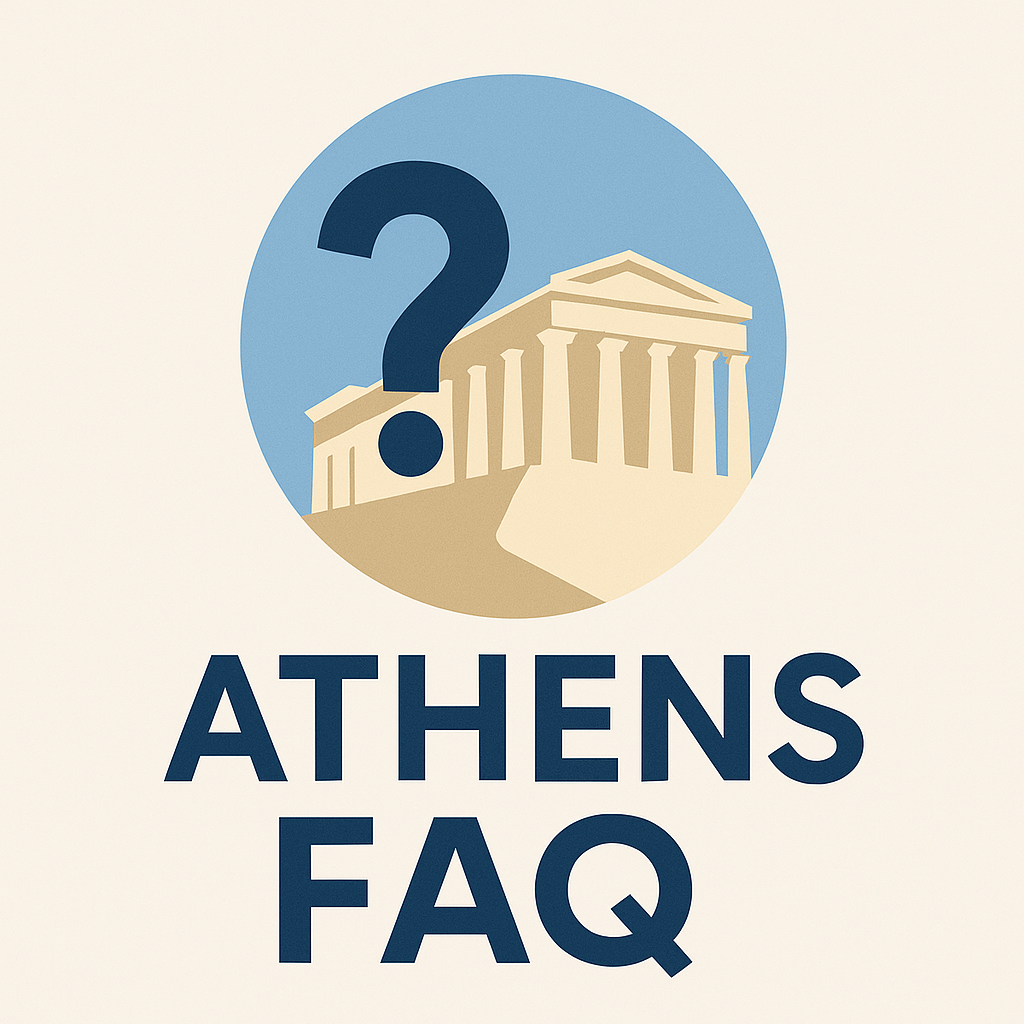What can I do in a single day in Athens?

🏛️ Travel Athens Like a Local: One-Day Insider Itinerary
Athens isn’t just about ancient ruins — it’s a city full of everyday life, hidden neighborhoods, and local culture waiting to be explored. Here’s how to spend one day in Athens like a local, beyond the usual sightseeing checklist.
☕ Morning: Start Like a True Athenian
Begin your day in a quiet neighborhood café, where locals sip their coffee slowly and chat with friends. Whether it’s a freddo espresso or traditional Greek coffee, the point is to ease into the day and take in the city’s rhythm.
💡 Local Tip: Avoid tourist-heavy cafés near major attractions. Try quieter spots in neighborhoods like Koukaki or Mets.
Swap chain restaurants for traditional Greek tavernas, where family recipes and warm hospitality are always on the menu.
🛍️ Late Morning: Walk & Shop Ermou Street
No trip to Athens is complete without a stroll down Ermou Street, the city’s vibrant pedestrian shopping avenue. Starting at Syntagma Square and leading to Monastiraki, this bustling street offers everything from big-name international brands to unique Greek boutiques and local artisan shops.
Ermou Street: From Ancient Path to Modern Marketplace
Ermou Street (Οδός Ερμού) is one of the oldest and most historically significant streets in Athens. Named after Hermes, the Greek god of commerce and travel, the street has long been associated with trade, movement, and urban life. Today, it’s one of the busiest shopping streets in Greece — but beneath the commercial bustle lies a rich and layered history.
- 19th Century Origins: Ermou Street was laid out in 1833, shortly after Athens was declared the capital of the newly independent Greek state. The design was part of a master plan by architects Stamatios Kleanthis and Eduard Schaubert, who envisioned a neoclassical Athens reflecting both ancient glory and modern aspirations.
- Ermou was intended as a central commercial axis, connecting Syntagma Square (the political center) to Kerameikos (a major archaeological site). It also served to link the city’s eastern and western neighborhoods, becoming a vital part of Athens’ urban development.
Walking down Ermou, you're literally tracing a path over centuries of history. Near Monastiraki, you'll find the ruins of the Library of Hadrian and the Ancient Agora of Athens, where philosophy, politics, and commerce once converged.
Further west, Ermou runs alongside the ancient cemetery of Kerameikos, home to impressive funerary sculptures and remnants of the Themistoclean Wall, part of Athens' classical fortifications.
In recent years, archaeological excavations during metro construction revealed Byzantine-era churches, Roman roads, and Hellenistic foundations, proving how Ermou has remained a vital urban artery for over two millennia.
From Craftsmen to Boutiques
By the late 19th and early 20th centuries, Ermou became the heart of commercial life in Athens, filled with craftsmen, tailors, cobblers, and silversmiths. Its transformation into a high-end shopping street accelerated in the 1950s and 1960s, as Greece’s economy modernized.
Today, the pedestrianized section between Syntagma Square and Monastiraki is home to international fashion brands, Greek designer boutiques, and street performers, while the western part near Kerameikos remains quieter and more residential.
Religious Landmark: The Church of Panagia Kapnikarea
Midway down Ermou stands one of Athens' most beloved landmarks: the Church of Panagia Kapnikarea, a small Byzantine church built in the 11th century. Nestled between modern shops, the church is a reminder of the city’s continuous religious and cultural life. It was once threatened with demolition during 19th-century modernization but was saved by King Ludwig of Bavaria, father of King Otto of Greece.
Modern-Day Ermou: Commerce Meets Culture
Ermou today is more than a shopping street. It’s a cultural corridor, linking Athens' ancient and modern identities. From neoclassical facades and underground ruins to contemporary art installations and open-air musicians, Ermou reflects the dynamic spirit of the Greek capital.
Whether you’re shopping for souvenirs, people-watching with a coffee in hand, or soaking in the lively downtown atmosphere, Ermou Street captures the pulse of modern Athens — energetic, stylish, and always full of life.
🏘️ Afternoon: Discover Koukaki — Where Old Athens Meets New
Just south of the Acropolis, nestled between Philopappou Hill and the National Museum of Contemporary Art (EMST), Koukaki is one of Athens' most charming and livable neighborhoods.
Named after Dimitrios Koukakis, an early 20th-century furniture maker whose workshop once stood in the area, this district has transformed from a quiet, working-class quarter into a thriving hub for locals, students, artists, and travelers seeking authenticity.
Koukaki lies in the shadow of ancient landmarks — a stone’s throw from the Acropolis, Herodion Theatre, and Odeon of Herodes Atticus. It also borders Makrygianni, the neighborhood that houses the Acropolis Museum, one of the world’s most celebrated cultural institutions.
Koukaki developed during the early 1900s, with much of its architecture reflecting neoclassical and modernist styles. Many of its buildings, from elegant apartment blocks to stately mansions, have been lovingly preserved, giving the area a nostalgic charm.
In the mid-20th century, it was home to artisans and craftsmen, many of whom supplied the city with furniture, textiles, and ceramics.
Today, Koukaki is known for its walkable streets like Drakou and Olympiou, which are lined with independent cafés, artsy concept stores, family-owned tavernas, and local bakeries. These car-free streets are favorite hangouts for Athenians of all ages. The vibe is relaxed, creative, and distinctly Athenian — worlds away from the tourist-heavy zones just a few blocks north.
For those who enjoy both culture and nature, Philopappou Hill offers pine-shaded trails, ruins of ancient fortifications, and spectacular views of the Acropolis and the Saronic Gulf. It's a beloved local spot for walking, jogging, or catching the sunset in peace.
Koukaki also has a vibrant intellectual and artistic scene, supported by its proximity to the EMST and various small galleries and studios. It’s a neighborhood where conversations about philosophy and politics are still held over coffee or wine, continuing Athens’ long tradition as a city of ideas.
🌇 Evening: Rooftop Views & Local Hangouts
End your day the local way:
- Climb Filopappou Hill for a peaceful, panoramic view of the Acropolis
- Or enjoy a drink at a rooftop bar in Thissio or Monastiraki, where you can watch the Parthenon glow under the evening sky
🍷 Optional: Join locals for a late dinner — Athenians often eat after 9 PM!

✅ Final Thoughts: Athens in a Day — Local Style
With a mix of morning café culture, historical walking routes, hidden neighborhoods like Koukaki, and sunset views from a hilltop, you’ll have experienced the Athens locals love — rich in culture, grounded in history, and full of everyday beauty.
This is not just a day in Athens. It’s a story in motion.

